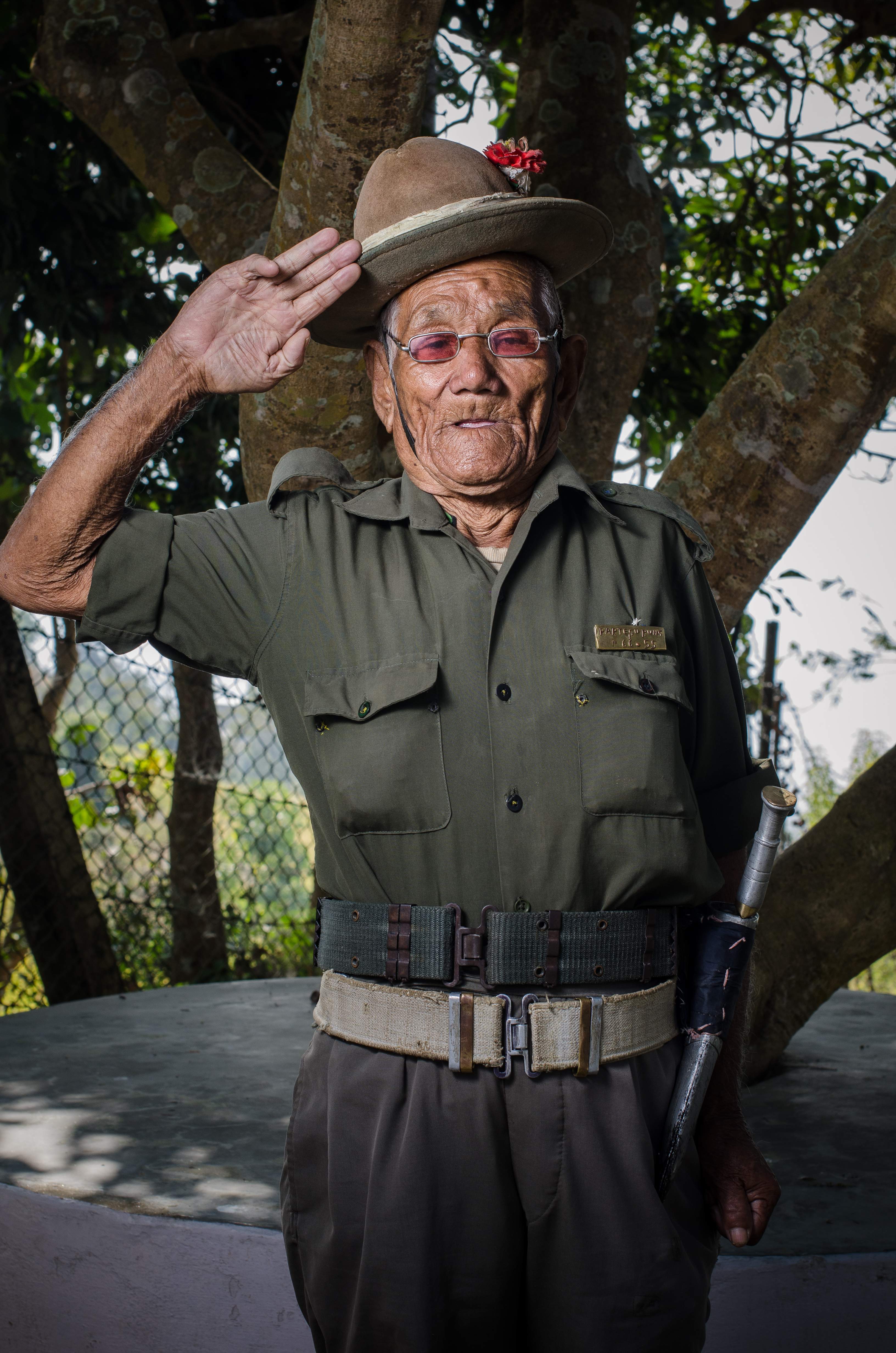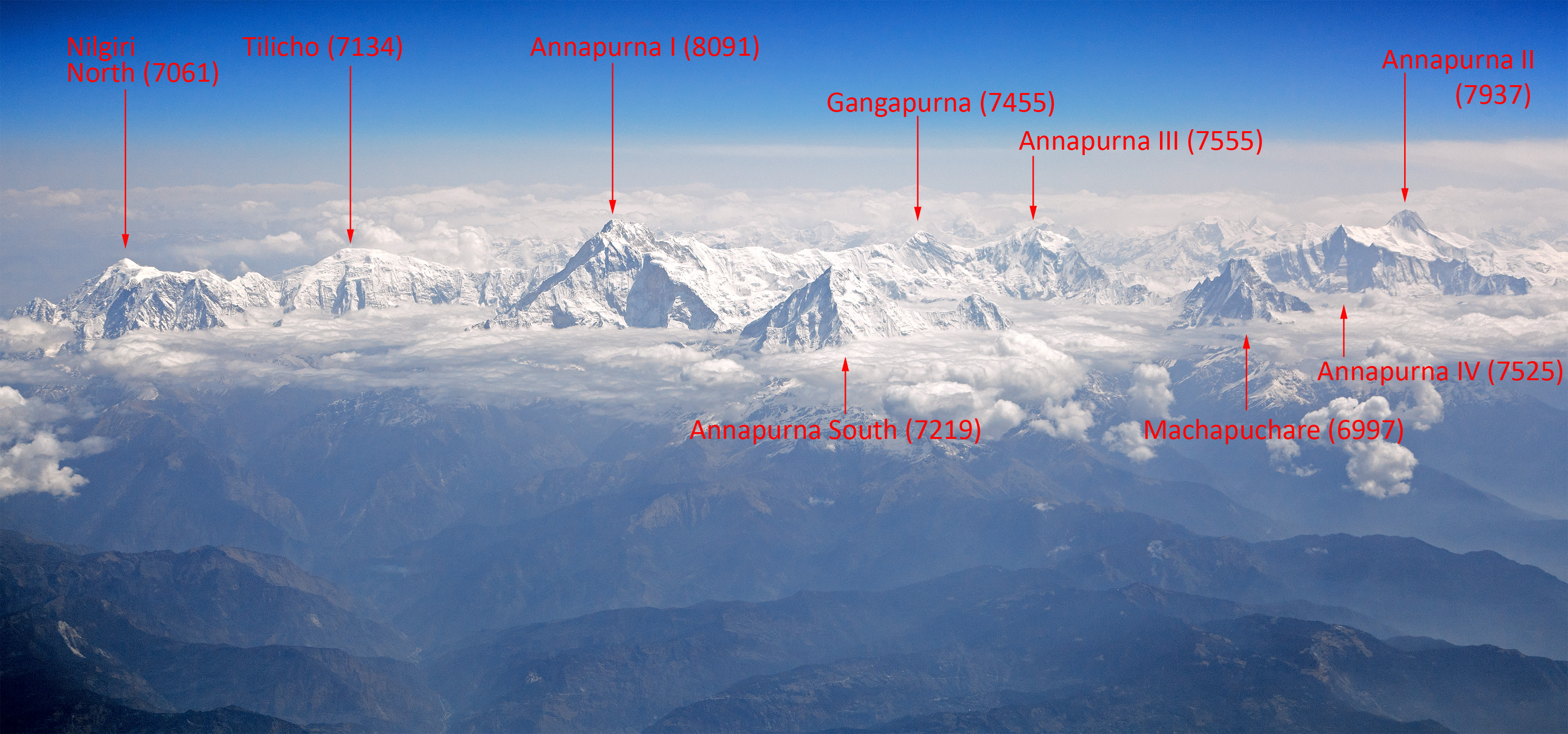|
Gurung (other)
Gurung may refer to: * The Gurung people or Tamu, an ethnic group of Nepal and India ** Gurung language ** Gurung (surname), with a list of people of this name ** Gurung shamanism * Gurung Hill, a mountain in the Ladakh border area of China and India * Gurung Hill, a peak near Annapurna in Nepal * Major Ranjir Singh Gurung, fictional Indian Army major portrayed by Danny Denzongpa Tshering Phintso "Danny" Denzongpa (born 25 February 1948) is an Indian actor, singer and film director who primarily works in Hindi films. He has acted in over 190 films since 1971. In 2003, Denzongpa was awarded the Padma Shree, India's fourt ... in the 1998 Indian film ''China Gate'' See also * Tamu (other) {{disambiguation ... [...More Info...] [...Related Items...] OR: [Wikipedia] [Google] [Baidu] |
Gurung People
Gurung (exonym; ) or Tamu (endonym; Gurung: ) are an ethnic group indigenous to the hills and mountains of Gandaki Province of Nepal. Gurung people predominantly live around the Annapurna region in Manang, Mustang, Dolpo, Kaski, Lamjung, Gorkha, Parbat and Syangja districts of Nepal. They are one of the main Gurkha tribes. They are also scattered across India in Sikkim, Assam, Delhi, West Bengal ( Darjeeling area) and other regions with a predominant Nepali diaspora population. They speak the Sino-Tibetan Gurung language and practice Bon religion alongside Tibetan Buddhism and Hinduism. Gurung caste The Tibetan societies from which the Gurungs came had no caste system and within themselves. Yet for several centuries the Gurungs and other hill peoples have been mixing with the caste cultures of Aryan and they have been influenced by them in various ways. As a result, Gurung caste system has been fragmented into two parts: the four-caste (''Songhi/ Char-jat'') and sixteen-cas ... [...More Info...] [...Related Items...] OR: [Wikipedia] [Google] [Baidu] |
Gurung Language
Gurung (Devanagari: ), also known as Tamu Kyi (, ; Tibetan: ) or Tamu Bhaasaa (, ), is a language spoken by the Gurung people of Nepal. The total number of all Gurung speakers in Nepal was 227,918 in 1991 and 325,622 in 2011. The official language of Nepal, Nepali, is an Indo-European language, whereas Gurung is a Sino-Tibetan language. Gurung is one of the major languages of Nepal, and is also spoken in India, Bhutan, and by diaspora communities in countries such as Singapore and Hong Kong. Geographical distribution Gurung is spoken in the following districts of Nepal and India (''Ethnologue''): *Gandaki Province: Kaski District, Syangja District, Lamjung District, Tanahu District, Gorkha District, Manang District and Mustang *Dhawalagiri Zone: Parbat district *Sikkim: South Sikkim, West Sikkim, East Sikkim Classification At higher levels, Gurung is a member of the Tibeto-Burman (or Trans-Himalayan) family. Robert Shafer classified Gurung within the Bodic division, sub-gro ... [...More Info...] [...Related Items...] OR: [Wikipedia] [Google] [Baidu] |
Gurung (surname)
Gurung () is a common surname among people of the Gurung Tamu ethnic group in Bhutan, Nepal and India, as well as among other groups who are not ethnically Gurung (e.g. by some families of the Bhotiya in Dolpa District, Dolpa). At the time of the 2011 Nepal census, 798,658 people (2.97% of the Demographics of Nepal, population of Nepal) identified as Gurung. Gurung people predominantly live around the Annapurna, Annapurna Region in Manang, Mustang, Dolpo, Kaski District, Kaski, Lamjung, Gorkha District, Gorkha, Parbat and Syangja districts of Nepal. They are one of the main Gurkha tribes and have been established as one of the successful indigenous communities in Nepal. Most of the Gurung people serve in the military, farming, entertainment industry, business, and politics. The origin of the Gurung people can be traced back to Qiang (historical people), Qiang people located in Qinghai, China. Notable Gurung people Notable individuals with the surname include: * Amar Bahadur ... [...More Info...] [...Related Items...] OR: [Wikipedia] [Google] [Baidu] |
Gurung Shamanism
Gurung Shamanism is arguably one of the oldest religions in Nepal. It describes the traditional shamanistic religion of the Gurung people of Nepal. There are three priest within the Gurungs which are Pachyu, Khlepree and Bonpo Lam (Pre-Buddhist Lama). As the Gurungs didn't have a written language, the pronunciation of the word 'Pachyu' and 'Khlepree' are often different from one village to another. Pachyu are sometimes referred to as 'Poju or Pajyu' and Khlepree also known as 'Lhori or Ghyabri'. Bonpo Lam is the proper term for a Gurung Lama. The "Pachyu" is understood to be the first priest amongst the three priests followed by Khlepree and lastly the Bonpo Lam. Pachyu, Khlepree and Bonpo Lams' recite chants of ancient legends and myths. These sacred myths and legends within the Pe are historical events and stories which dates back to as early as the creation of Earth to stories which have occurred within the Gurungs societies as they migrated from Mongolia to Nepal. Deprecated ter ... [...More Info...] [...Related Items...] OR: [Wikipedia] [Google] [Baidu] |
Gurung Hill
Gurung Hill is a mountain near the Line of Actual Control between the Indian- and Chinese-administered portions of Ladakh near the village of Chushul and the Spanggur Lake. As of 2020, the Line of Actual Control runs on the north–south ridgeline of Gurung Hill. To the west of Gurung lies the Chushul valley (or 'Chushul Bown') and to the right of it are mountains of Kailash Range forming the basins of the Spanggur Lake and the Pangong Lake in this area. During the 1962 Sino-Indian War, a battle was fought at Gurung Hill, which resulted in a victory for the Chinese forces. Geography The Gurung Hill is one of the mountains on the watershed mountain range between the Tsaka Chu river and the Spanggur Lake. The Chinese delegation at the 1960 border talks between China and India claimed this range as China's 'traditional customary boundary', whereas India claimed a boundary further east, cutting across the Spanggur Lake. During the 1962 Sino-Indian War, pitched battles were fought a ... [...More Info...] [...Related Items...] OR: [Wikipedia] [Google] [Baidu] |
Annapurna
Annapurna (; ne, अन्नपूर्ण) is a mountain situated in the Annapurna mountain range of Gandaki Province, north-central Nepal. It is the tenth highest mountain in the world at above sea level and is well known for the difficulty and danger involved in its ascent. Maurice Herzog led a French expedition to its summit through the north face in 1950, making it the first eight-thousand meter peak ever successfully climbed. The entire massif and surrounding area are protected within the Annapurna Conservation Area, the first and largest conservation area in Nepal. The Annapurna Conservation Area is home to several world-class treks, including Annapurna Sanctuary and Annapurna Circuit. For decades, Annapurna I Main held the highest fatality-to-summit rate of all principal eight-thousander summits; it has, however, seen great climbing successes in recent years, with the fatality rate falling from 32% to just under 20% from 2012 to 2022. This figure places it ju ... [...More Info...] [...Related Items...] OR: [Wikipedia] [Google] [Baidu] |
Danny Denzongpa
Tshering Phintso "Danny" Denzongpa (born 25 February 1948) is an Indian actor, singer and film director who primarily works in Hindi films. He has acted in over 190 films since 1971. In 2003, Denzongpa was awarded the Padma Shree, India's fourth-highest civilian honour. His film career spans more than 4 decades. He has also starred in some international films, the most famous being ''Seven Years in Tibet'' where he appeared alongside Brad Pitt. His best known villainous roles are in '' Dhund'', '' 36 Ghante'', ''Bandish'', ''Jeeo Aur Jeene Do'', ''Dharm Aur Qanoon'' and '' Agneepath'' whereas his best known positive roles were in ''Fakira'', ''Chor Machaye Shor'', ''Devata'', ''Kalicharan'', ''Bulundi'' and '' Adhikar''. His directorial venture ''Phir Wahi Raat'' was considered among the top five best horror suspense films of Hindi Cinema. Life and education Born as Tshering Phintso Denzongpa to a Nepali speaking Buddhist family in Yuksom, Sikkim, he did his schooling in Birl ... [...More Info...] [...Related Items...] OR: [Wikipedia] [Google] [Baidu] |
China Gate (1998 Film)
''China Gate'' is a 1998 Indian Hindi-language Western action film directed by Rajkumar Santoshi. It was released on 27 November 1998. China Gate follows the basic storyline of the classic '' Seven Samurai''. The film was critically acclaimed for Santoshi's writing and direction. The song "Chamma Chamma" picturised on Urmila Matondkar became a chart buster and was used in Baz Luhrmann's film ''Moulin Rouge!''. The film won Filmfare Award for Best Dialogue. Plot The story begins with Col. Krishnakant Puri and his ten men who were dishonorably discharged from the Indian Army for failing in the China Gate mission. They belong to the "Ghatak" platoon of an infantry regiment. Krishnakant lives an alienated life after the Court-martial. Frustrated, one day he is about to commit suicide when a young lady named Sandhya knocks on his door. Having witnessed the brutal slaying of her Forest Officer father, Sunder Rajan, at the hands of dreaded dacoit Jageera, Sandhya goes to the Col. and ... [...More Info...] [...Related Items...] OR: [Wikipedia] [Google] [Baidu] |
.jpg)

.jpg)
